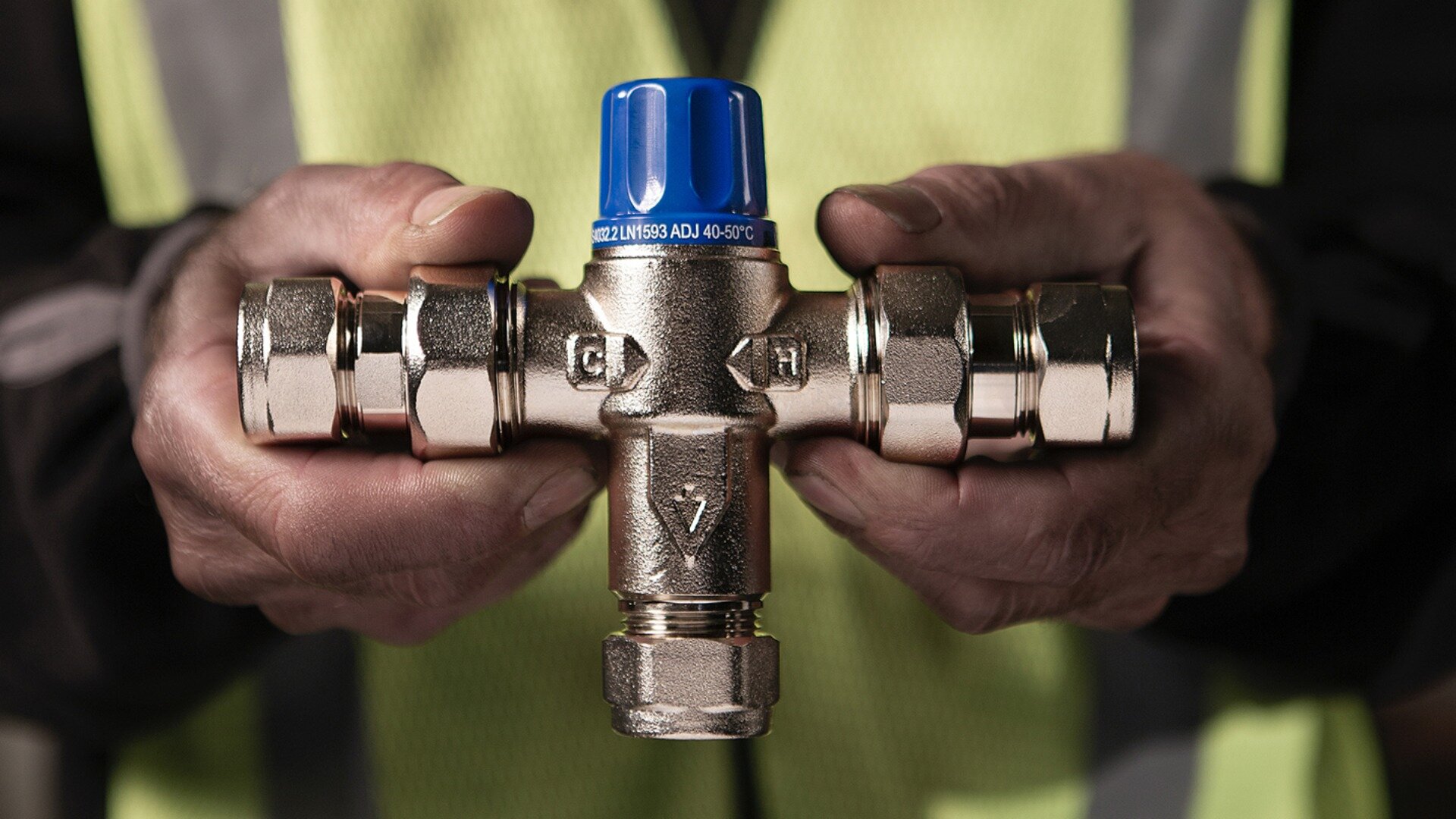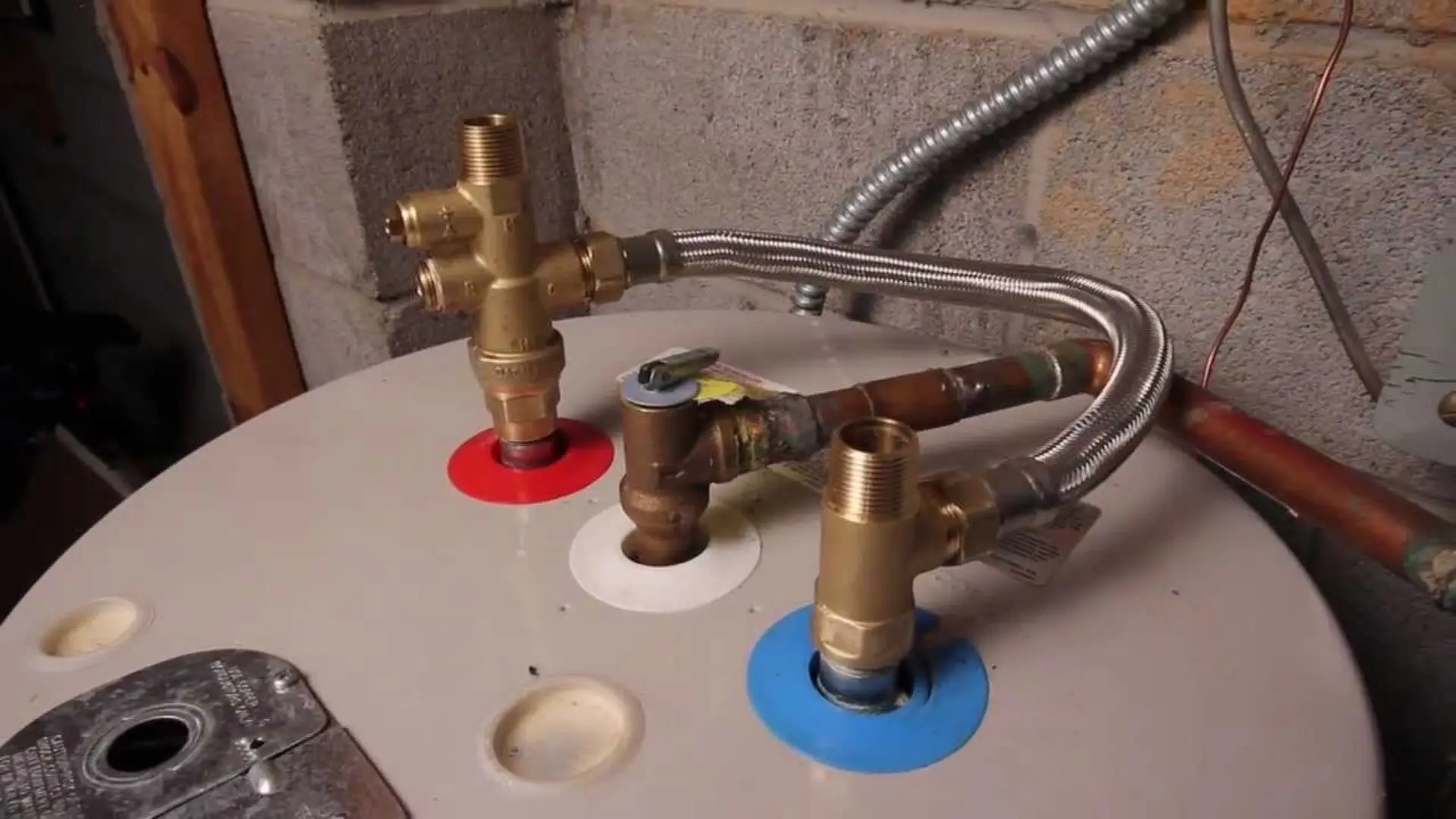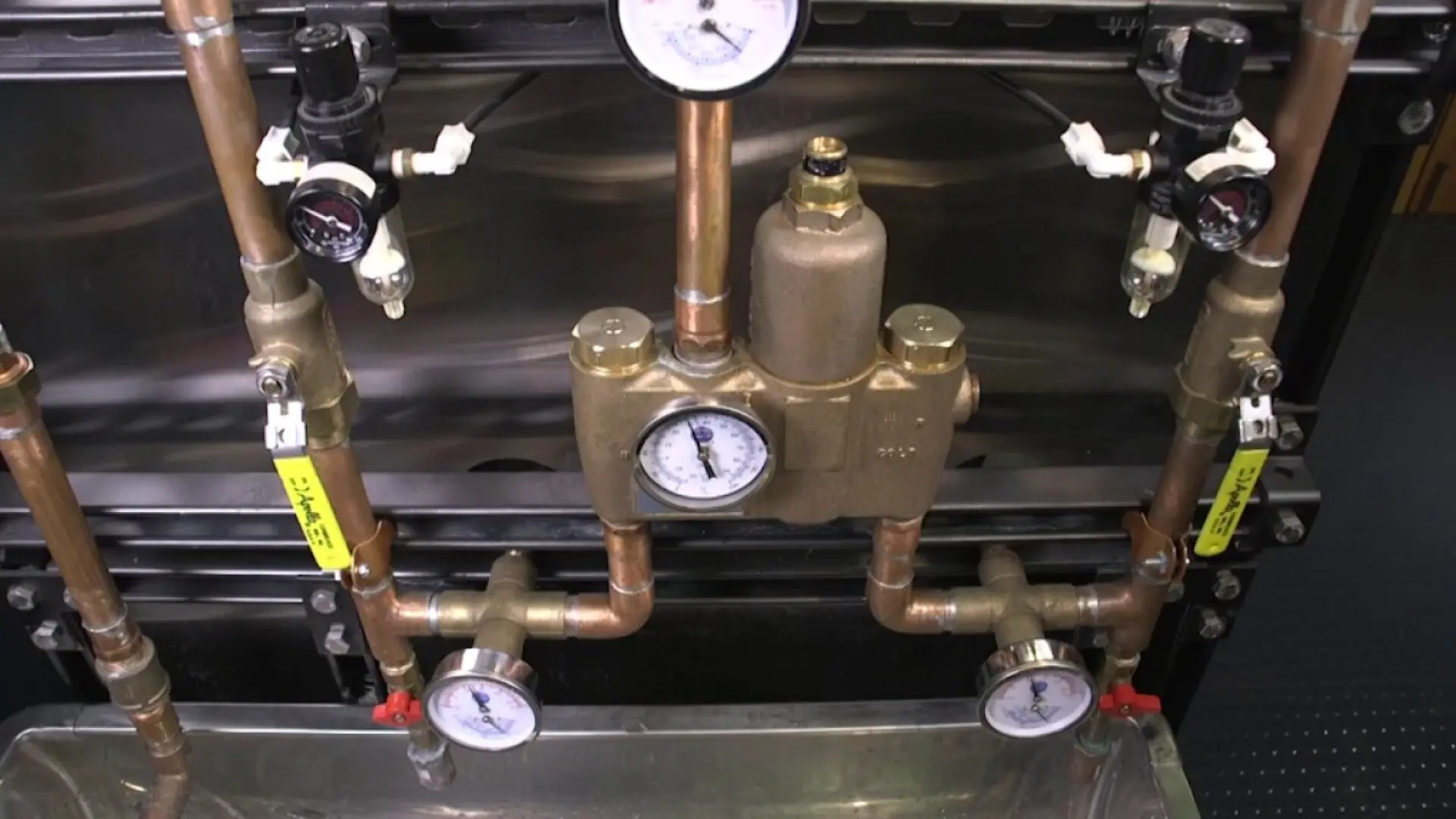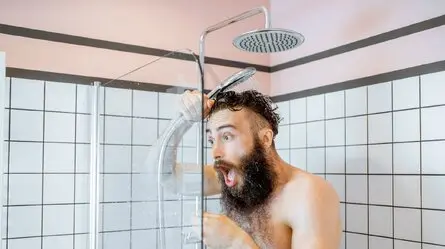
Have you ever wondered how you get the perfect blend of hot and cold water every time you turn on your shower or tap? That’s all thanks to a nifty device known as a thermostatic mixing valve. Today, we’ll explo re thermostatic mixing valves, from how they work to their importance in modern homes.
Often referred to as a TMV or tempering valve, this clever piece of technology plays a vital role in all hot water systems. Each time you tweak your shower dial or tap, these valves operate unobtrusively behind the scenes, making sure your water is spot on in terms of temperature.
So, whether you’re a DIY enthusiast, a curious homeowner, or just someone interested in the mechanics of everyday life, join us as we unravel the mystery of thermostatic mixing valves and their significant role in our daily living.
What is a Thermostatic Mixing Valve?
A thermostatic mixing valve (TMV), a tempering valve, is a sophisticated component in our plumbing systems that expertly blends hot and cold water to deliver water at a desired temperature. Acting as a regulator, the TMV adjusts the water temperature by proportionally mixing the right amount of hot water with cold water to achieve the set temperature.
These valves are widely used in various hot water systems in residential and commercial spaces. You can find them in showers, taps, and larger-scale water installations, such as boilers or water heaters. Their primary function is maintaining a stable, comfortable, and, most importantly, safe water temperature.

By controlling the water temperature, the TMV plays a crucial role in preventing accidental scalding—particularly in environments where vulnerable individuals, such as children or the elderly, are present. Furthermore, they ensure that the water flowing out of our taps, whether for a relaxing shower or washing dishes, is always at the perfect temperature for our needs.
A thermostatic mixing valve is a small yet vital device significantly contributing to our daily comfort and safety.
The Working Mechanism of a Thermostatic Mixing Valve
The magic of a thermostatic mixing valve lies in its temperature-sensitive element that responds to changes in water temperature. This element expands and contracts, deftly managing the mixture of hot and cold water. Despite any pressure shifts in your water supply, the TMV reliably keeps your hot water tap flowing at just the right temperature. It’s like having a little guardian ensuring your water is always perfect.

The magic of a thermostatic mixing valve lies in its temperature-sensitive element that responds to changes in water temperature. This element expands and contracts, deftly managing the mixture of hot and cold water. Despite any pressure shifts in your water supply, the TMV reliably keeps your hot water tap flowing at just the right temperature. It’s like having a little guardian ensuring your water is always perfect.
The valve has two main parts: the hot water inlet, which is connected to your water heater, and the cold water inlet. The heated water from the water heater and the hot and cold water mix within the valve to reach a particular temperature. Mixing hot and cold water within the valve ensures the correct temperature is maintained, preventing scalding.
Thermostatic mixing valves are crafted to ensure that your water temperature remains steady and safe, even amidst fluctuations in supply. This design is especially important for preventing scalding in vulnerable people, such as the elderly, children, or anyone with limited mobility.
By using a thermostatic mixing valve, you can ensure that the water temperature from your hot water taps remains within a safe and comfortable range plumbing system, enhancing the overall safety of the plumbing system.
Types of Thermostatic Mixing Valves
Thermostatic mixing valves (TMVs) are available in different types, each tailored to specific situations and environments. Knowing their differences is essential, as choosing the right one is crucial for both safety and functionality. Let’s explore some common types of TMVs:
Point-of-Use TMVs
Installed directly at the point of use, such as a sink, shower, or bathtub, these valves ensure the water temperature at the specific outlet is safe and comfortable.
Group TMVs
These variants control the water temperature for a group of outlets nearby. They’re typically found in commercial settings like hotels or gyms, where multiple sinks or showers in a bathroom need temperature regulation.
Centralised TMVs
These are installed near the water heater to control the temperature for an entire building or large sections. They’re typically used in large commercial or multi-unit residential buildings to maintain a consistent water temperature throughout the premises.

High-Flow TMVs
Designed for applications requiring large volumes of mixed water, these are commonly used in commercial dishwashers or industrial processes where high water flow is a crucial requirement.
Solar TMVs
Specifically designed for solar hot water systems, which can produce very high water temperatures, these valves ensure that the water delivered to the user is safe, thus preventing scalding.
Low-Pressure TMVs
These are designed to function effectively in low-pressure environments. They are commonly found in gravity-fed or partially pumped water systems where maintaining a consistent water temperature can be challenging due to fluctuating water pressure.
TMVs for Healthcare Facilities
These are designed with higher safety standards and usually have a broader control range. They are used in healthcare facilities like hospitals and nursing homes where accurate control of water temperature is critical to patient safety and comfort.
Each type of thermostatic mixing valve plays a unique role in ensuring water temperature safety and comfort. Knowing the differences and applications of each can help you choose the right TMV for your specific requirements and environments.
Importance of Thermostatic Mixing Valves
Thermostatic mixing valves are critical for several reasons. First and foremost, they prevent scalding by limiting the maximum temperature of the water that comes out of your shower or tap. This is particularly important in homes with children, elderly or high-risk persons who are more susceptible to burns.
Also, thermostatic mixing valves ensure a comfortable water temperature for personal hygiene. They also contribute to energy efficiency by allowing your water heater to store water at a temperature higher than what is delivered, reducing the growth of harmful bacteria like Legionella.
Maintenance and Troubleshooting of a Thermostatic Mixing Valve
Just like every component in your hot water system, thermostatic mixing valves need regular maintenance to perform their best. Having a qualified plumber inspect them every so often is the ideal way to ensure they’re working as they should.
Common issues include a sudden change in water temperature or reduced flow. These can often be resolved by checking for debris in the valve or adjusting the temperature settings. In the event of more complex issues, it’s advisable to consult with a qualified plumber.
Harness the Power of Thermostatic Mixing Valves
A thorough comprehension of thermostatic mixing valves and their various types sets the foundation for a safe and efficient hot water system. However, having these devices installed, maintained, and checked by professionals is equally critical to ensure optimal operation.
For residents and businesses in Perth seeking unparalleled plumbing services, Woolf Plumbing & Gas is your premier choice. Our team of certified professionals are equipped with the knowledge and skills to handle various types of thermostatic mixing valves. Whether you need a fresh installation or regular maintenance, we’re here to serve you.
Don’t compromise on your safety and comfort; choose Woolf Plumbing & Gas for exceptional service in Perth. For more information about what we offer or to book an appointment, get in touch with us today.
We look forward to ensuring your hot water systems function at their best, providing you peace of mind and comfort.




